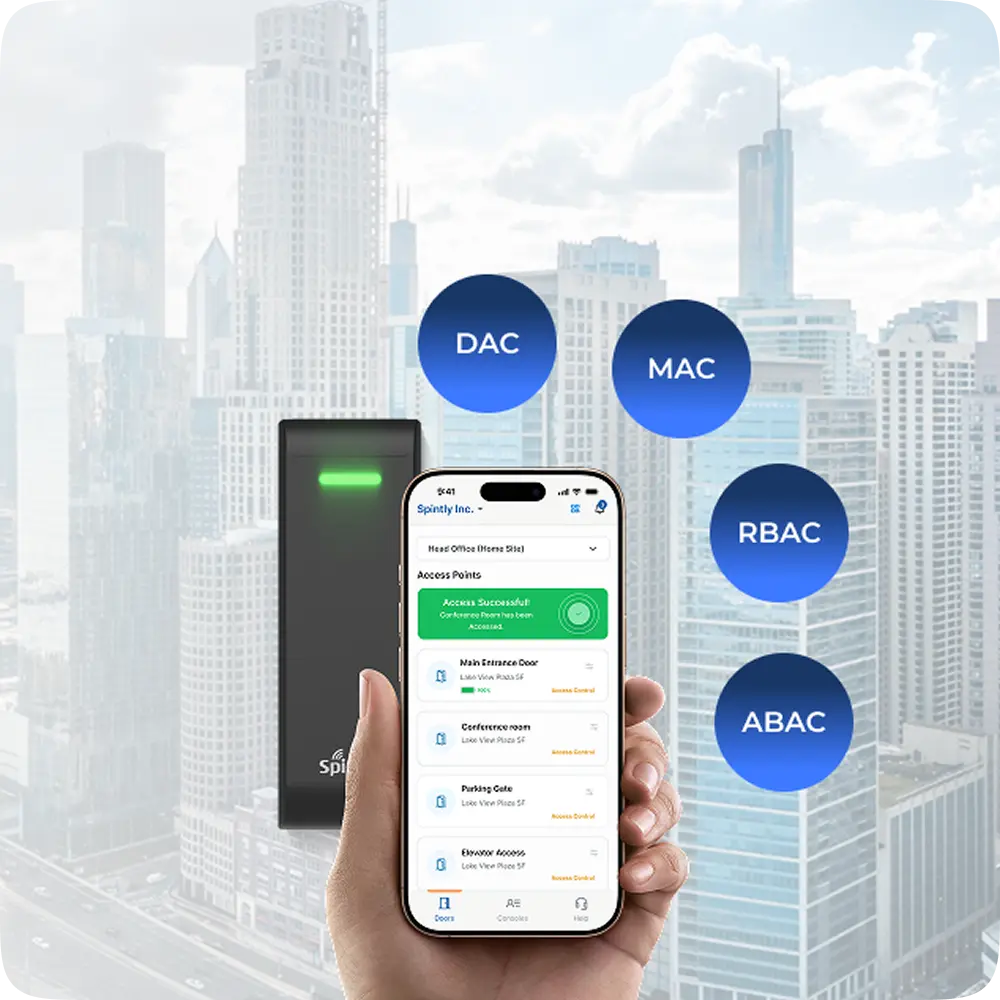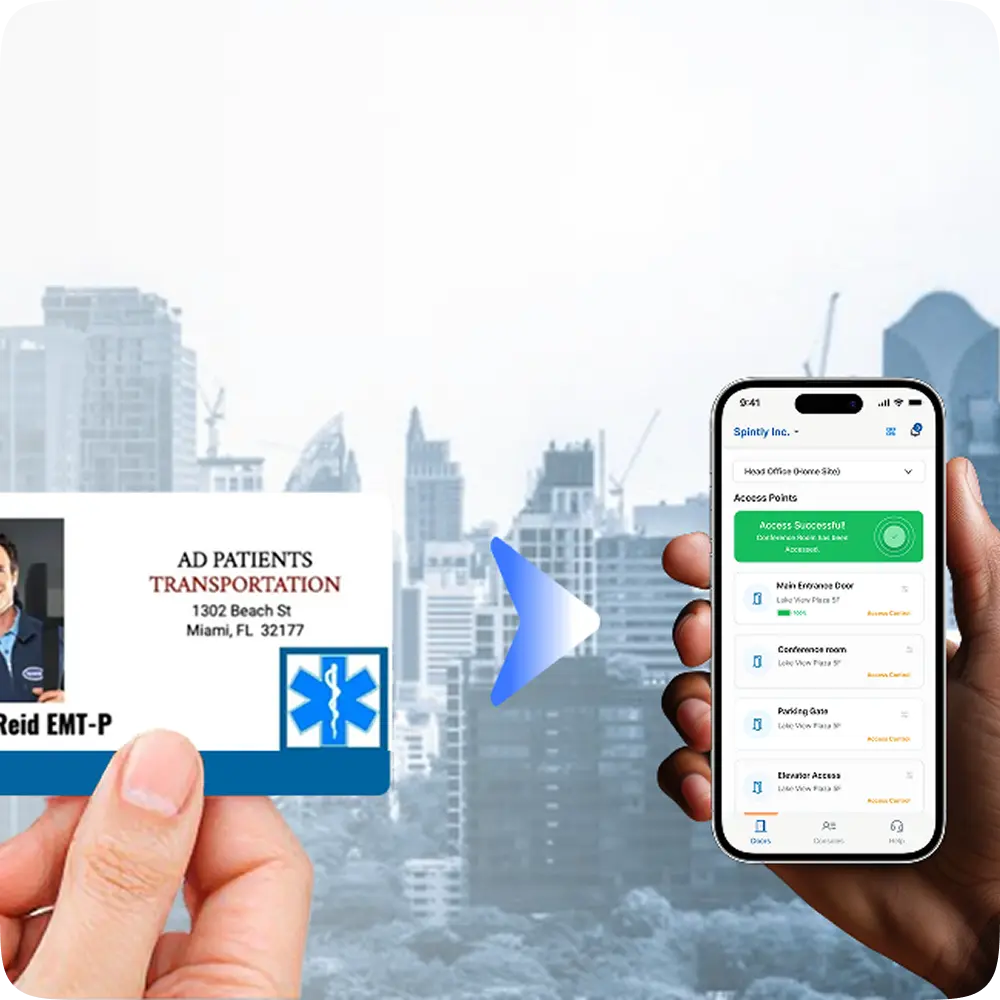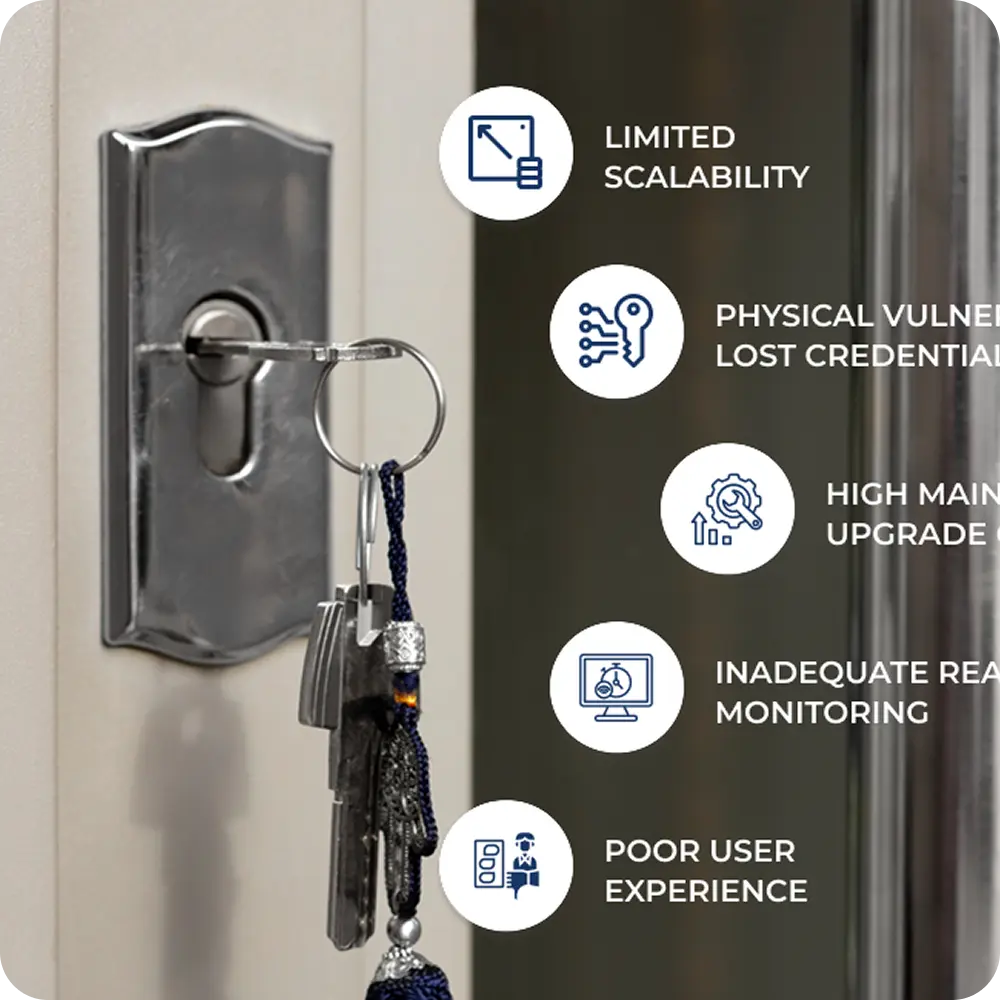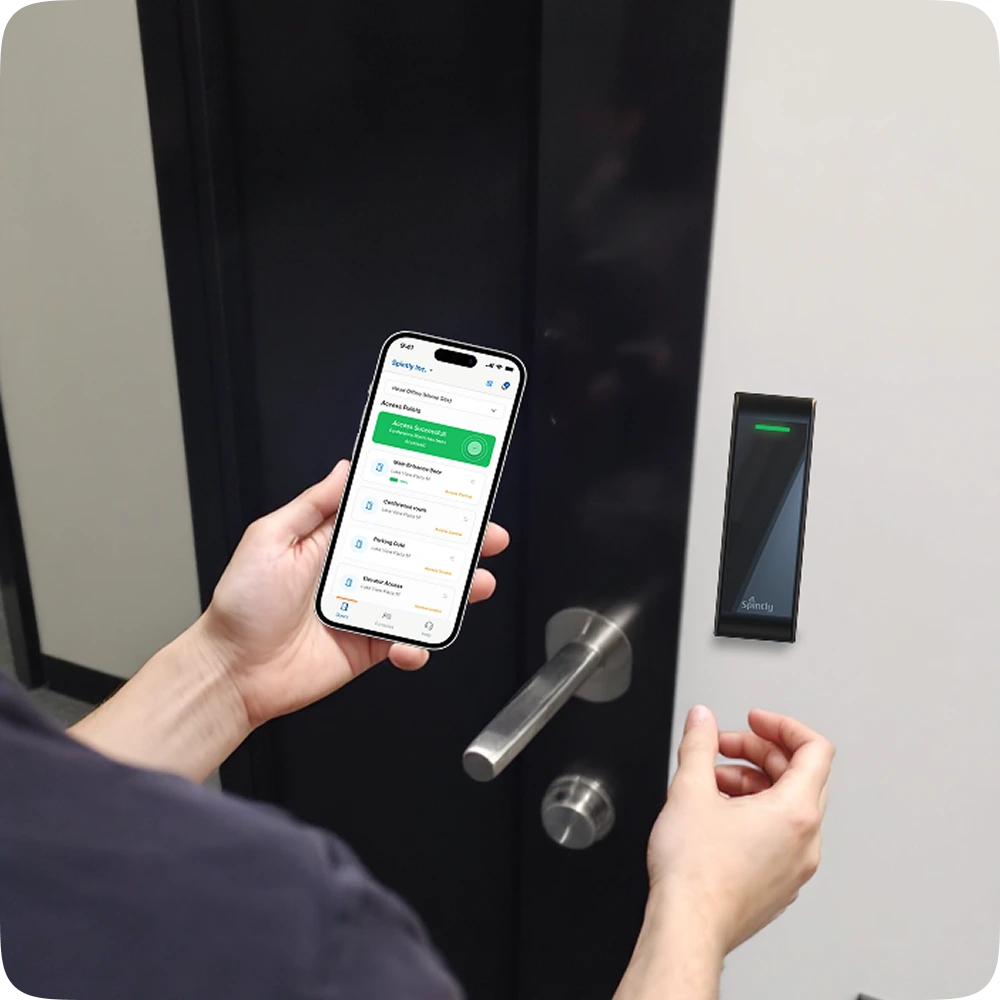1. Contactless Biometric Authentication
Traditional visitor management can be slow and error-prone when relying on manual verification or physical ID scans. Contactless biometrics such as facial recognition, fingerprint scanning, or retina scans provide fast, frictionless verification while maintaining high security.
In 2025, biometric systems embedded in visitor management should:
- Support quick, reliable face or fingerprint recognition at entry points without the need to touch devices.
- Leverage mobile device biometrics for multi-factor authentication.
- Integrate seamlessly with mobile credential wallets (e.g., Apple Wallet, Google Pay).
Such capabilities reduce check-in time, eliminate lost badges, and prevent unauthorized entry.
2. Cloud-Based Mobile Credential Management
Centralized, cloud-based management platforms are vital for real-time control over visitor access across multiple sites. Mobile-first systems should enable administrators to:
- Create and send digital visitor passes instantly to smartphones.
- Set time- and location-based access restrictions.
- Revoke or modify access permissions remotely without requiring physical returns.
This flexibility is key for organizations with distributed facilities or temporary visitors, boosting operational efficiency and security.
3. Multi-Modal Authentication Support
Biometric visitor management systems should not be limited to just one form of identification. Offering diverse authentication modes enhances accessibility and security. Ideal systems combine:
- Biometric authentication (facial, fingerprint, iris)
- QR codes linked to visitor profiles
- NFC or Bluetooth Low Energy (BLE) proximity credentials
- Integration with mobile wallets for secure digital keys
This multi-technology approach ensures smooth check-in even if one method faces challenges (e.g., poor lighting affecting facial recognition).
4. Real-Time Monitoring and Analytics
Advanced visitor management platforms provide security teams with dashboards showing:
- Real-time visitor location tracking within premises
- Instant alerts on suspicious or unauthorized movements
- Comprehensive logs linking biometric data with time-stamped entries and exits
These insights improve onsite responsiveness and support compliance with security policies and audits.
5. Privacy and Compliance by Design
Visitor biometric data is sensitive, requiring strict privacy safeguards. Systems must:
- Encrypt biometric and personal data end-to-end.
- Support privacy regulations such as GDPR, HIPAA, or local laws.
- Offer opt-in consent and clear data usage policies.
- Allow anonymized analytics for visitor flow insights without exposing personal details.
Ethical and compliant data handling fosters trust and legal security for businesses.











